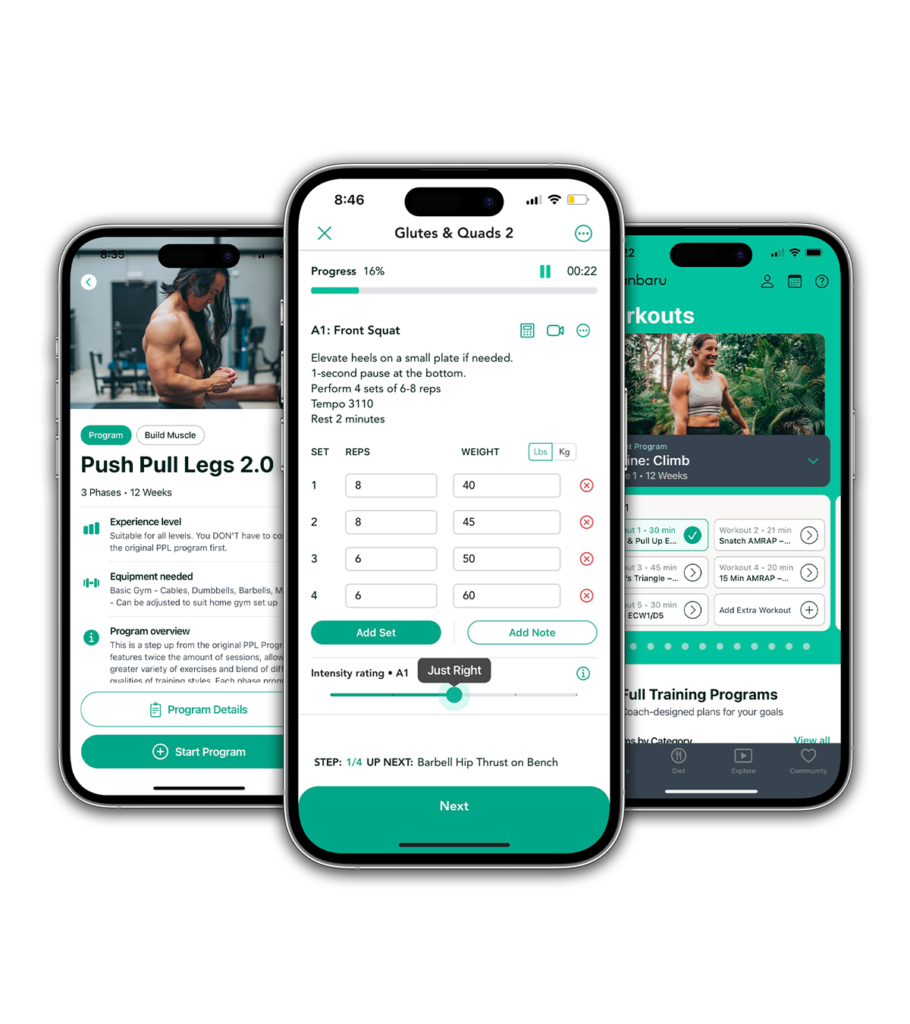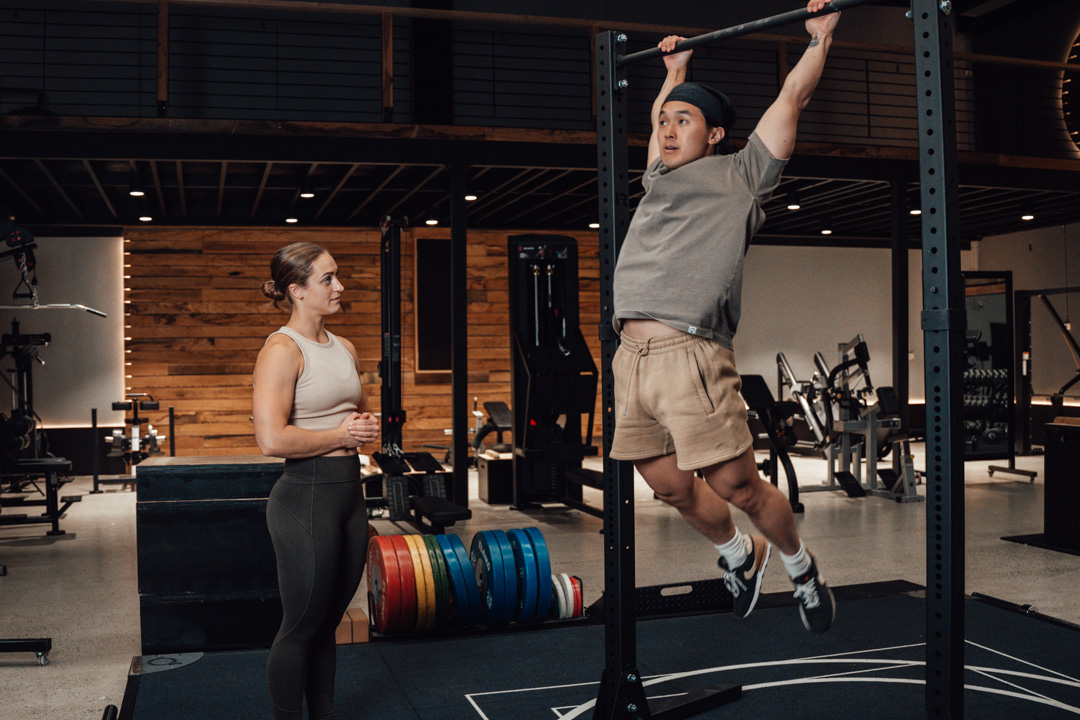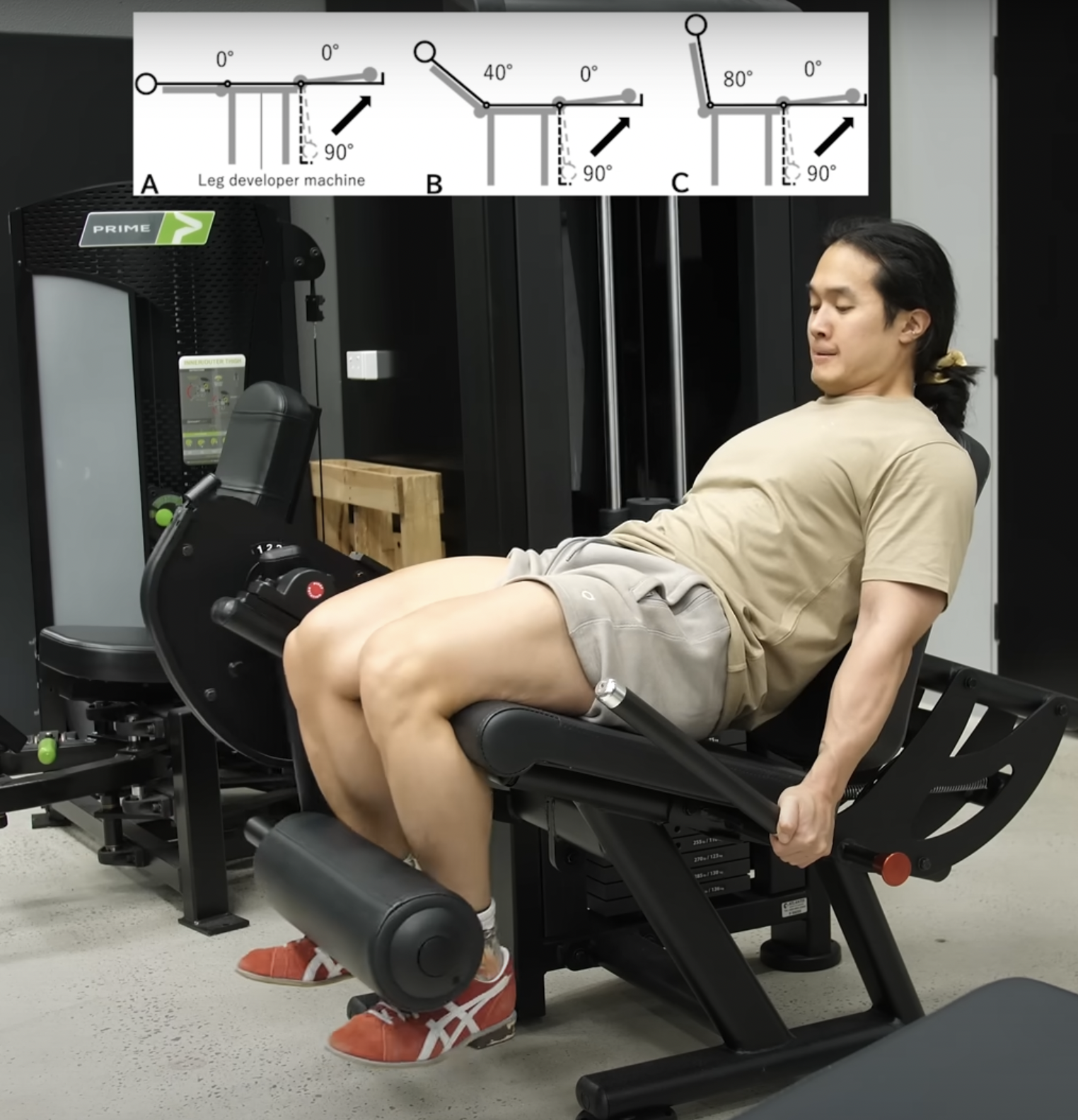The kipping bar muscle up is tricky for a lot of athletes at first. Having a solid base of understanding of how the movement works can help you figure it out quicker!
Start with the right grip: the pseudo false grip
What you need to know
A true false grip on the bar isn’t necessary for a kipping bar muscle up, but some degree of it can be very helpful to make the turnover easier. Rather than a neutral grip where the second knuckle faces the sky as you jump up to the bar, rotate your hands over the top of the bar so that the base knuckle faces the sky and the second knuckle faces forward.
Hanging arch and hollow
Why it matters
A lot of times, people make perfectly good arch and hollow shapes on the floor, but the second they jump to the bar they do nothing resembling those shapes. Starting by exposing yourself to making those positions before adding momentum can help bridge the gap.
Beat swing
Why?
I like starting with a beat swing because a lot of people’s kip swings are too loose and floppy to generate sufficient power. The beat swing is smaller, and asks for more control.
Technique
I like to see really long body shapes in the beat swing, resembling the hanging arch and hollow very closely. There is no room for a knee bend in a beat swing.
Crescendo kip swing
What is it?
A kip swing that starts as a small beat swing and grows in size and intensity to whatever size you can control without losing the rhythm.
Technique
Starting from a dead hang, begin to make your arch and hollow shapes, then add rhythm to turn it into a beat swing. Start making more aggressive, larger movements to turn it into a larger kip swing. Use this movement to practice seeing how big you can make your swing while still keeping it tight. You may be tempted to bend the knees, but avoid this for as long as you can.
Entry sequence jump for kipping bar muscle up (BMU)
What is it?
This video helps you understand how to efficiently jump to the bar to begin your BMU with some momentum.
Technique
Jump from one or two small steps behind the bar, not below it. Get your toes up FAST so that when you catch the bar you’re in (or on your way to) a pike position. Swing through to a powerful long arch, and patiently wait to start reversing out of the arch to push down onto the bar and pull your toes up to the height of your chest.
Pull to stomp
What is it?
A simple drill to help you learn to use a straight arm pull on the bar to move your hips and shoulders behind the bar.
How to execute
With a bar in a low rack, placed low enough that you can sit on the floor just in front of the bar, pull your knees to your chest and push down on the bar until your hips and shoulders glide behind the bar. You will have to push continuously, you will not get away with a push to leave the floor then swing.
Pull to pop and turn over
What is it?
A progression from the pull to stomp. There is also an intermediate step, the pull to pop, which adds the hip extension.
Does this teach the kipping bar muscle up perfectly?
No. Not a lot of things do. But it does help you understand the sequence of events and it can be useful for figuring out the pull to initiate a movement behind the bar, hip extension and turnover.
How to execute
Begin initiating the movement like the pull to stomp, but extend the hips so that you catch the floor with your feet, then push to jump over the top of the bar.
Hollow body medball slides
What is it?
A REALLY FUN drill that teaches you to keep a hollow body and pull aggressively on something with straight arms to glide behind the bar.
Technique
Start out the front of the bar with your bum or upper hammies sitting on the medball. Maintain a hollow body position. Aggressively pull on the bar with your arms straight (don’t let them bend!!!!) so that you slide over the ball, which will roll down toward your heels. You will then return back because the momentum will turn you around. Do this for reps until pulling with straight arms makes sense.
Do you need to incorporate this often?
No. This drill is just there to “explain” the straight arm pull. Once you’ve got that concept, you don’t need to do it (unless you want to just for fun, in which case, go for gold).
Glide kip in band “chair”
What is it?
A movement that feels (and looks) a lot like a glide kip, which shares roots with a bar muscle up. The band will support you as you swing forward, then use your momentum to pull up and around.
To execute, set a bar in a low rack and secure it with more bands.
What are you supposed to get out of this drill?
Two things:
- The concept that you absolutely must continuously press down into the bar for a successful turnover
- The movement of the toes (or knees, but preferably toes) toward the ceiling that helps initiate the swing backward before the hip drive over the bar
Technique
Use a thick band for these at first.
Sitting in the band with it placed below your bum at your upper hamstrings, allow yourself to swing your hips and shoulders in front of the bar. When momentum dictates that you should start swinging back, bring your toes or knees toward the bar to bring your shoulders and hips behind the bar, then extend the hips to float over the top of the bar.
Being good at these guarantees that you understand the pulling and pressing components of the BMU, and often results in a fuller hip extension. They’re not a cure-all, but they do help connect the dots for a lot of people.
Single leg BMU jump to support
What is it?
A moderately useful drill that requires you to use the swing leg in a way that helps you over the top of the bar, since a lot of people aren’t strong enough to single leg jump their way to the top of the bar. (I am using your weakness to my advantage!)
Technique
With one leg on a box in a position you could jump to support from, descend down as if you were replicating your arch position on the bar. Leave the box leg grounded, and let the swing leg move behind the bar as you arch. Then, reverse the position back to your hollow and allow the toes on the swing leg to rise up to chest height before aggressively opening the hip to make your body straight at the same time as you jump from the box to the support position.
Kipping BMU from boxes & banded kipping BMU from boxes
Why the box?
The box does two things:
- It adds momentum if you’re not yet efficient at generating it for yourself
- It slows down the swing from the arch back to hollow, which forces people who rush their way out of the arch to slow the hell down.
Using bands for kipping bar muscle up regressions comes with their own set of pros and cons and I generally prefer to use them sparingly. But they do provide a tactile cue to push down into especially for people who struggle to extend the hips if they’re not pushing into something.
Technique
It’s the same as your usual bar muscle up, but you’ll need to be more patient as you reverse from the arch back to the hollow. Wait for momentum to dictate your change in position, don’t try to beat physics because you will make it very hard for yourself.
Kipping bar muscle up & banded kipping bar muscle up
What is it?
The bar muscle up!
Don’t forget:
- Big jump to pike
- Long, powerful arch (reach your toes and get long!)
- Toes rise to the height of the chest
- Hips drive (squeeze your glutes!)
- Constant pressure down into the bar (don’t lose it or you’ll catch low)
If you’re banding them, just make sure you do some practice without them as well. That could mean doing more hips to bar (hip pop), movements from the box, or hip pops to the box, but try not to let all your practice be banded or you could end up hamstringing yourself with progress later on.

Ready to workout?
Follow proven programs written by expert coaches, delivered in an easy-to-use app built by lifters, for lifters.





